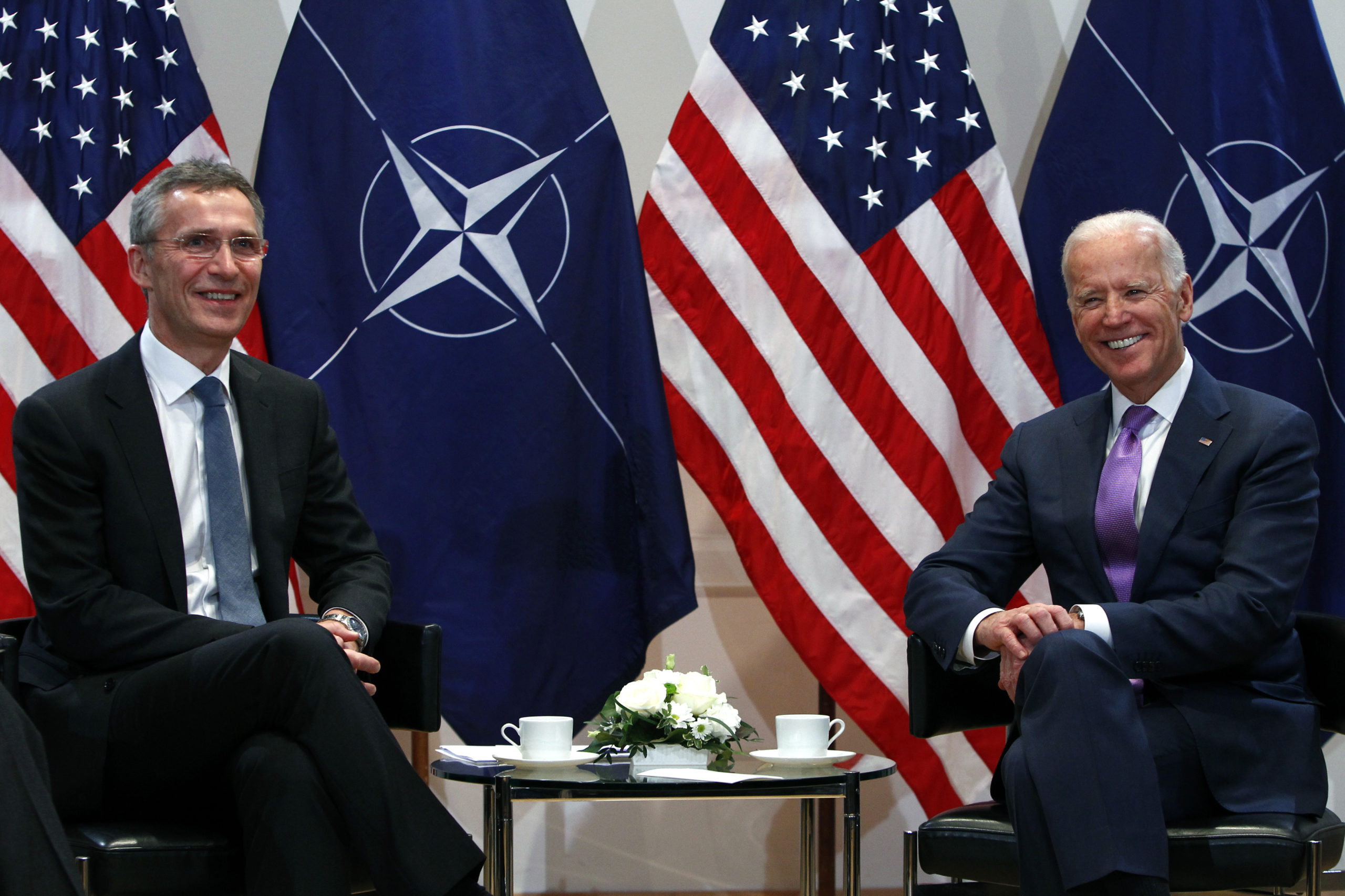Nato Must Look Beyond the War in Ukraine to Overcome East-West Divisions
Co-written by James Carden
The forthcoming Nato summit in Vilnius, Lithuania, will present the alliance with a series of questions that will require judicious and responsible statesmanship in light of the recent upheaval in Russia and the ongoing, grinding war of attrition in Ukraine.
As of now, it appears that the overwhelming sentiment among key political and military leaders and western media is to take advantage of what they view as the weakened position of the Russian government and its leader, Vladimir Putin, in the wake of the failed coup attempt by the Wagner leader, Yevgeny Prigozhin.
Understandably, the temptation will be for Nato to redouble its support for Ukraine. The conventional wisdom seems to be that while the Ukrainian counteroffensive hasn’t gone as well as might have been hoped, Nato need only provide more arms, more money and more political support to move Ukraine closer to victory. This line of thinking becomes all the more attractive when one considers the resiliency of the Ukrainian armed forces over the past 18 months.
Indeed, in light of the events of late June, US president Joe Biden is facing renewed calls to send Ukraine long-range Army Tactical Missile Systems (ATACMS) which have a range of up to 300km (190 miles). That Biden is now considering doing so shows how much the goalposts have moved in the debate over arming Ukraine. After all, only a year ago, Biden’s national security adviser Jake Sullivan had warned that sending ATACMS to Ukraine might spark “a third world war”.
Read the full article in The Guardian.
